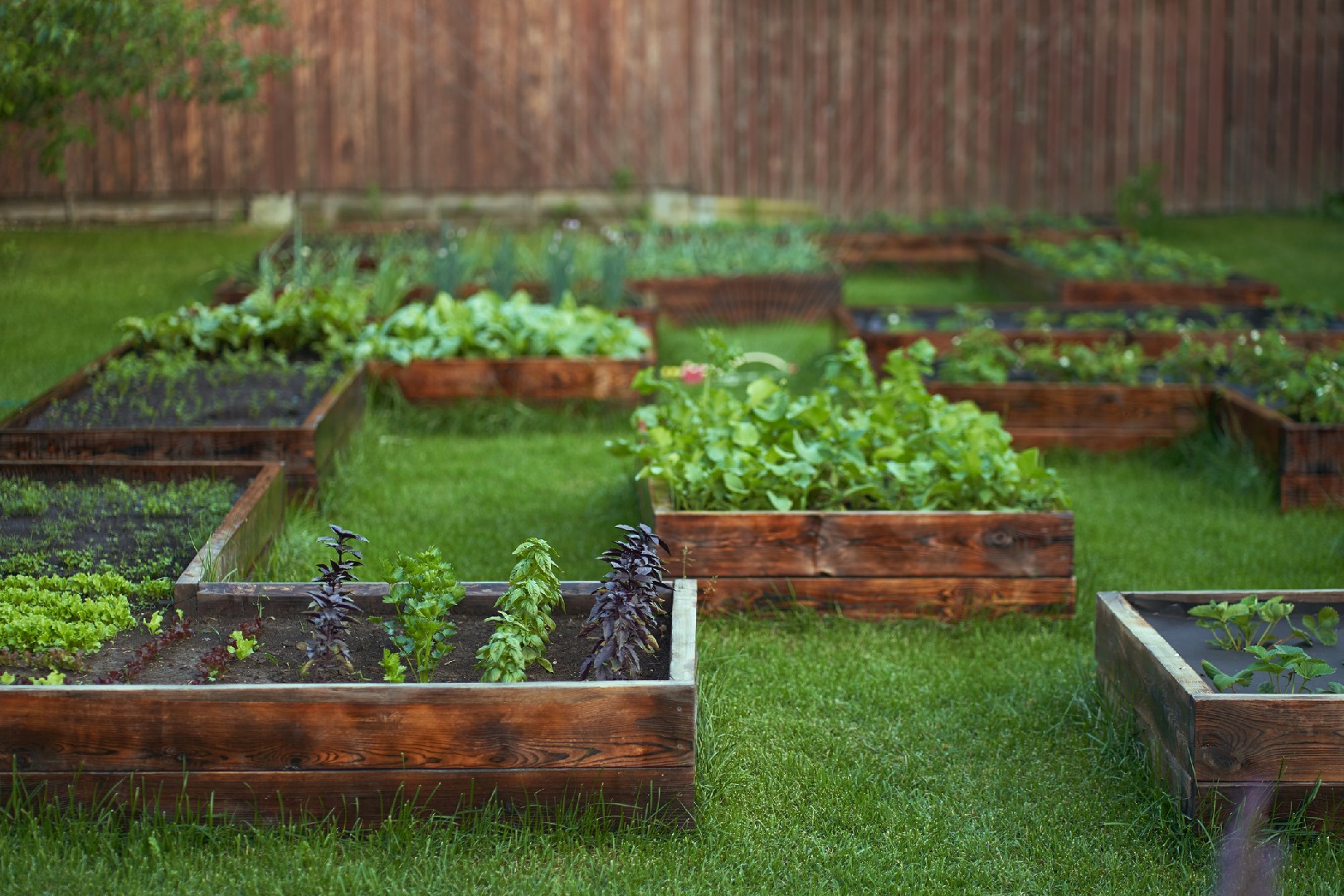![Rectangle]()
Choosing the Right Vegetables for Your Region
When it comes to starting your vegetable garden, choosing the right vegetables for your region is key. Considering the local climate and seasonal patterns, as well as understanding the local pests and disease threats to specific vegetables, can help ensure a successful gardening journey. Here are some tips to help you select climate-friendly vegetables for beginners in your area.
First, take a look at your local climate and seasonal patterns. Different vegetables thrive in different conditions, so it's important to choose varieties that are well-suited to your region. If you live in a colder climate with shorter growing seasons, cold-hardy vegetables like kale, carrots, and broccoli are excellent choices. On the other hand, if you reside in a warmer climate with longer growing seasons, heat-tolerant vegetables like tomatoes, peppers, and okra are great options.
Next, consider the local pests and disease threats that may affect specific vegetables in your area. By choosing varieties that are resistant to common pests and diseases in your region, you can save yourself a lot of trouble down the line. For example, if you live in an area prone to tomato blight, look for tomato varieties that are blight-resistant. Similarly, if you have a problem with pests like aphids or caterpillars, opt for vegetable varieties that have natural pest-repelling properties.
Now, let's delve into some specific recommendations for climate-friendly vegetables per region for beginners.
For gardeners in the Northern United States, cool-season vegetables like lettuce, spinach, and radishes are great choices. These crops can tolerate colder temperatures and are often the first to be planted in the spring. In the Southern United States, warm-season vegetables like tomatoes, cucumbers, and zucchini thrive in the long, hot summers.
In the Pacific Northwest, where the climate is mild and rainy, leafy greens such as kale, Swiss chard, and collard greens grow well year-round. In the Southwestern United States, where the climate is hot and dry, heat-loving vegetables like peppers, eggplants, and melons thrive.
In conclusion, choosing the right vegetables for your region is crucial for a successful homegrown journey. By considering your local climate, seasonal patterns, and pest and disease threats, you can select the most suitable vegetable varieties. Whether you're a beginner or an experienced gardener, these recommendations for climate-friendly vegetables per region provide a great starting point. Happy gardening!





